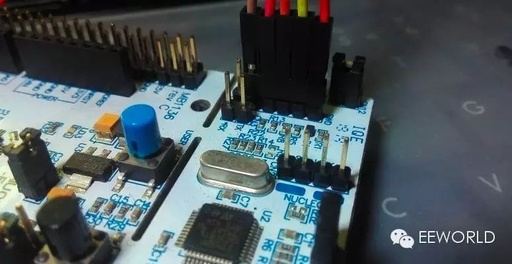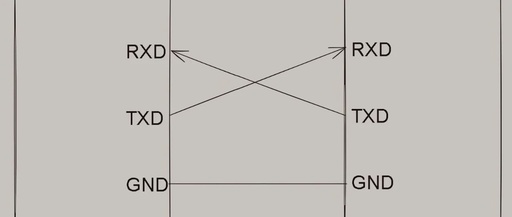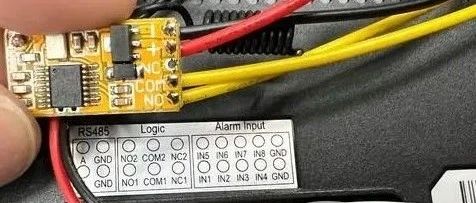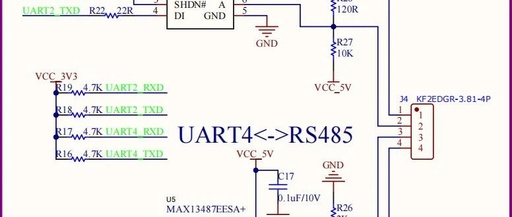Transforming the AiShua Board into an STM32F401 Learning Platform
A few days ago, I posted an article titled “Disassembling the AiShua”, where I discovered that it uses the STM32F401CC microcontroller. This led me to wonder if I could modify it into a learning board for the STM32F401. After some exploration and experimentation, I successfully completed the modification, allowing for simulation downloads using STLink. I … Read more









